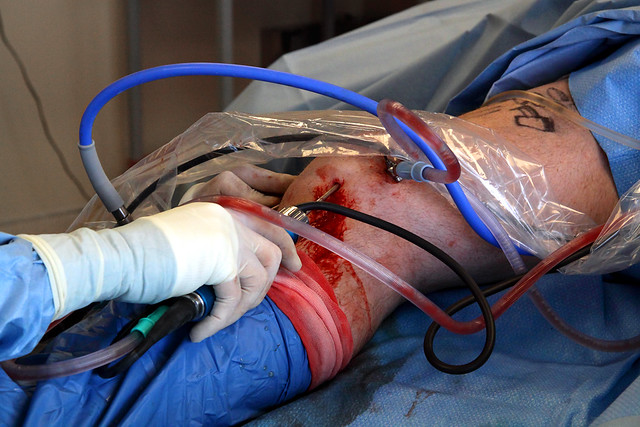Article Title: Arthroscopy: An Overview of the Manufacturing, Features, Advantages, and Selection Methods
ArthroscopeArthroscopeArthroscopeArthroscopeArthroscope,Hyst Arthroscope eroscope,Ophthalmoscope,Otoscope,Endoscope,Laparoscope
Introduction:
In the field of medical science, arthroscopy has emerged as a valuable tool for diagnosis and treatment of joint-related issues. This article aims to p

rovide an in-depth understanding of arthroscopic devices including their manufacturing techniques, features, advantages, usage methods,and tips on selecting the right product.
Manufacturing Process:
The manufacturing process of arthroscopes involves several intricate steps. Initially, high-quality materials like stainless steel Otoscope or titanium alloys are selected for the components. These materials ensure durability and reduce the risk of contamination during surgeries. The lenses used in arthroscopes undergo precision grinding to achieve optimal clarity and magnification capability. Further assembly includes fixing fiber optic cables or camera systems to transmit images effectively.
Features:
Modern-day arthroscopes possess various impressive features that enhance their functionalit Arthroscope y. Firstly,the compact size allows easy maneuverability within tight spaces such as joints without causing significant tissue damage.Secondly,a built-in light source illuminates the target area with precise intensity,supporting clear visualization.Thirdly,different scopes come with interchangeable angles (e.g., 0°and 30°)to provide flexibility based on surgical requirements.Finally,

state-of-the-art video technology enables surgeons to record procedures,take images,and share real-time visuals.
Advantages:
The use of arthroscopes offers numerous advantages compared to traditional open surgeries.For starters,minimally invasive nature translates into smaller incisions,reduced scarring,and faster Arthroscope healing times.The ability to directly visualize internal structures aids accurate diagnosis leading to appropriate treatment plans.Arthroscopy also minimizes postoperative pain,blood loss,and complications for patients,resulting in shorter hospital stays,recovery periods,and overall cost-effectivenes Arthroscope s.
Usage Methods:
Arthroscopes are used in a variety of joint-related procedures, including knee,shoulder,ankle,and elbow surgeries. After the patient is placed under anesthesia,a small incision is made through which the arthroscope is inserted.Consequently,the surgeon examines the affected area using real-time images displayed on a monitor.Other surgical instruments may be introduced through additional incisions for necessary repairs or tissue removal.Finally,the wounds are sutured and dressed to facilitate proper healing.
Selecting the Right Arthroscope:
Choosing an appropriate art Hysteroscope hroscope involves considering certain factors.Firstly,surgeons must verify compatibility wit Arthroscope h existing equipment such as camera systems or light sources.Secondly,optical quality is crucial; thus,certified lenses should be preferred.Additionally,different scopes have varying diameters and lengths depending on targeted joints.Hence,it’s important to select scopes that suit specific requirements.Lastly,reliable brands offering warranties provide added assurance of produc Ophthalmoscope t quality.
Conclusion:
In conclusion,arthroscopy has revolutionized the field of orthopedic surgery by enabling minimally invasive procedures with exceptional visualization capabilities. The manufacturing process ensures durability and optimal imaging features.The advantages encompass reduced scarring,pain,minimized complications,faster recoveries,and cost-effectiveness.Appropriate selection methods involve evaluating compatibility,optical quality,lengths,diameters,and reputation of manufacturers.A thoughtful approa Arthroscope ch while procuring an arthroscope will undoubtedly enhance surgical outcomes and patient satisfaction.
